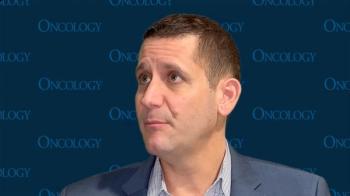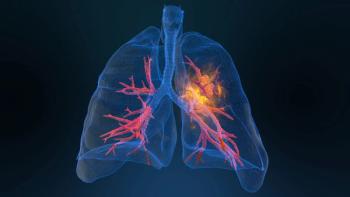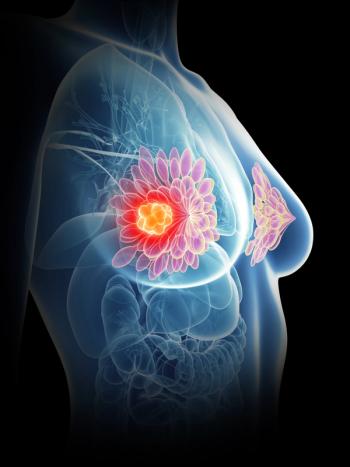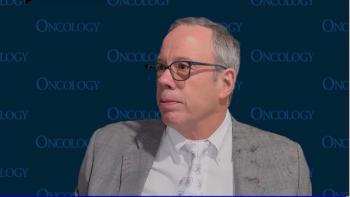
Sattva S. Neelapu, MD, Discusses Interesting Abstracts at 2021 ASH
Sattva S. Neelapu, MD, spoke about which abstracts he was most excited to see presented at the upcoming American Society of Hematology Annual Meeting.
At the
Transcription:
There are a couple of abstracts that I’d like to highlight. One is the 5-year follow-up to the ZUMA-1 study evaluating axi-cel in patients with relapsed or refractory lymphoma. This study with 5-years of follow-up indicates that there’s no long-term safety concerns with axi-cel. We did not find any evidence of insertional mutagenesis or secondary leukemia, or second malignancies related to excess cell therapy. It also showed that at 5 years, 43% of the patients were still alive. This is quite remarkable considering in the pre–CAR T-cell therapy era, less than 15% of these patients would have been alive at this point.
In addition, we are also presenting data on the ZUMA-12 study where we evaluate axi-cel as part of first-line therapy in patients with high-risk large B-cell lymphoma. This was also a single-arm, phase 2 study conducted in the United States and Australia as well as Europe. To be eligible, the patients had to have high-risk large B-cell lymphoma, which was defined as double- or triple-hit lymphoma, or large B-cell lymphoma with an international prognostic index [IPI] score of 3 to 5. They had to have a positive interim PET scan with a score of 4 or 5 after 2 or more cycles of standard chemoimmunotherapy. Once the patients had been enrolled in leukapheresis, they could receive optional nonchemotherapy bridging therapy. Once the product has been generated and [patients] received standard sigh flu CyFly [cyclophosphamide and fludarabine] conditioning therapy, followed by a single infusion of axi-cel at a dose of 2 c 106 CAR-positive cells/kg body weight.
The primary end point for the study was complete response [CR] rate. We enrolled and treated a total of 40 patients and found that the CR rate was 78%. In this very–high-risk large B-cell lymphoma patient population, and after median follow-up of 16 months, 73% of these patients remain in response. We did not observe any new safety signals with axi-cel in this first-line setting compared with what’s been reported in the third-line setting and beyond previously.
We also compared the CAR T product phenotype in this first-line setting in ZUMA-12 with that of CAR T products in the third-line setting from the ZUMA-1 study. We found that in this ZUMA-12 study, the CAR T products had a higher frequency of CCR7-positive, CD45RA-positive T-cells, a phenotype that was associated with a much greater expansion of CAR T-cells in vivo and a better clinical outcome, suggesting that the T-cell fitness in the first-line setting might be better and yield a better CAR T product and therefore yield better clinical efficacy [for the] patients. We’re now actually considering this therapy for patients in the first-line setting and discussing ways to do a randomized study to compare it head-to-head with standard chemoimmunotherapy.
References
1. Jacobson C, Locke F, Ghobadi A, et al. Long-Term (4- and 5-Year) Overall Survival in ZUMA-1, the Pivotal Study of Axicabtagene Ciloleucel (Axi-Cel) in Patients with Refractory Large B-Cell Lymphoma (LBCL). Presented at: 63rd American Society of Hematology Annual Conference. December 11-14, 2021. Abstract 1764. Accessed December 9, 2021. https://bit.ly/3lRnQie
2. Neelapu S, Dickinson M, Munoz J, et al. Primary Analysis of ZUMA-12: A Phase 2 Study of Axicabtagene Ciloleucel (Axi-Cel) As First-Line Therapy in Patients with High-Risk Large B-Cell Lymphoma (LBCL). Presented at: 63rd American Society of Hematology Annual Conference. December 11-14, 2021. Abstract 1764. Accessed December 9, 2021. https://bit.ly/3ydY7pm
Newsletter
Stay up to date on recent advances in the multidisciplinary approach to cancer.

















































































